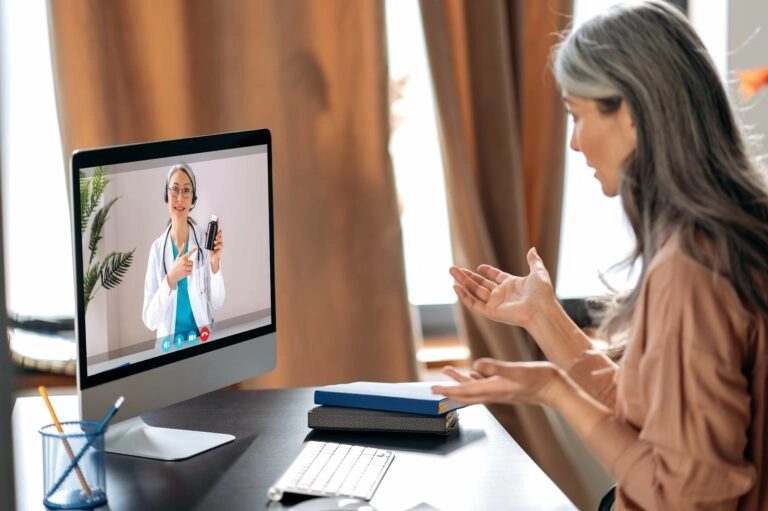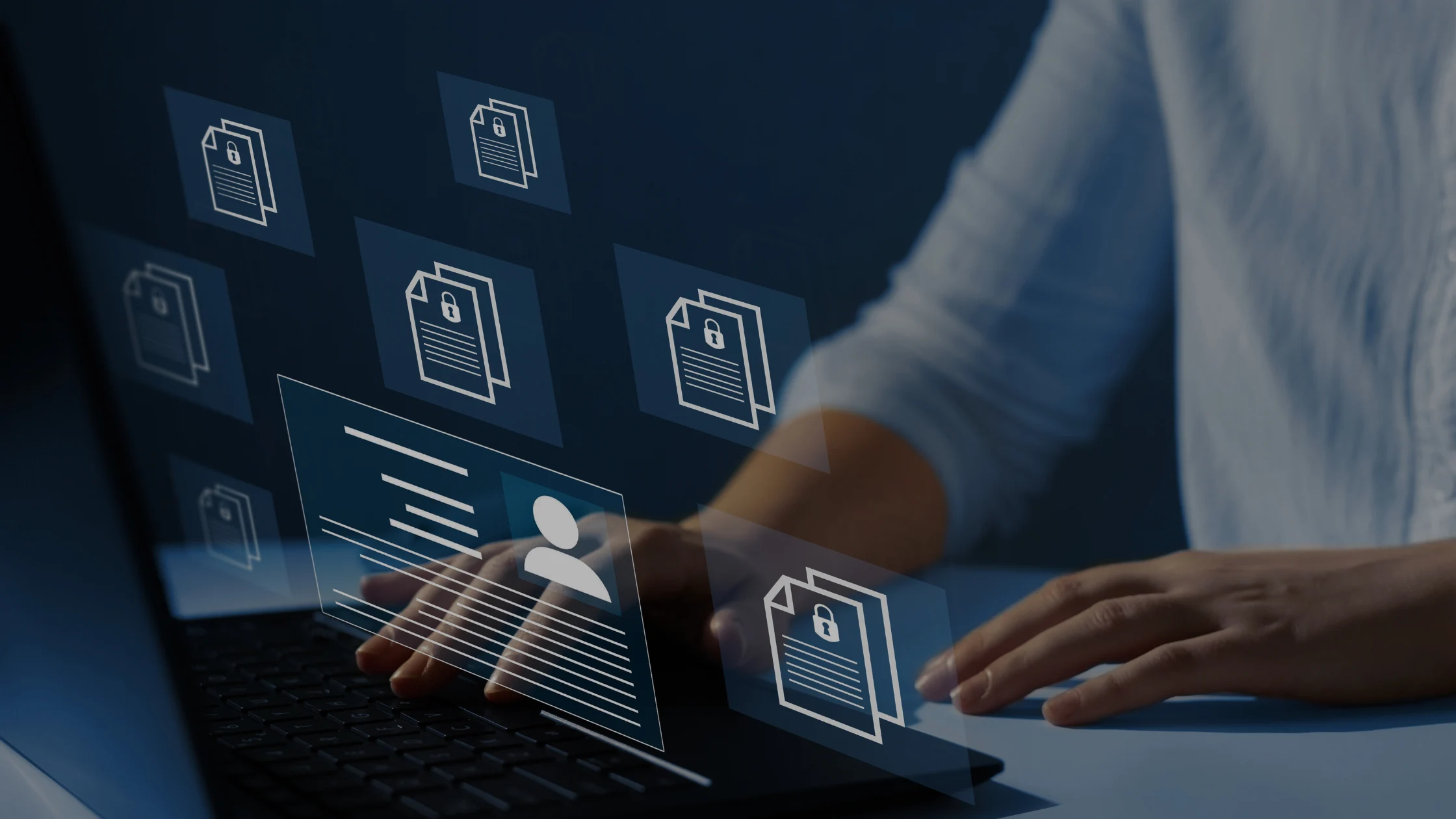Remote orthodontic monitoring has emerged as a transformative approach in dental care. By leveraging technology, it enhances patient compliance through increased engagement and real-time feedback. This system minimizes the need for in-office visits, allowing patients to stay connected with their orthodontic teams. As a result, trust and accountability between patients and providers are strengthened. Understanding these dynamics can reveal deeper implications for treatment efficacy and patient satisfaction. What are the specific benefits that make this approach essential?
Key Takeaways
- Remote monitoring allows for real-time feedback, reinforcing patient commitment to treatment plans and enhancing compliance.
- Continuous tracking enables early identification of potential issues, ensuring timely adjustments to maintain treatment adherence.
- User-friendly applications encourage regular progress updates, making patients feel more engaged and responsible for their treatment.
- Direct communication with orthodontists fosters a supportive environment, addressing concerns promptly and encouraging adherence to care plans.
- Gamification elements within remote monitoring can make the treatment process more enjoyable, motivating patients to comply with their orthodontic journey.
Understanding Remote Orthodontic Monitoring
While traditional orthodontic care often requires frequent in-office visits, remote orthodontic monitoring has emerged as a transformative solution that enhances patient engagement and treatment efficiency. This innovative approach utilizes digital technology to allow orthodontists to track treatment progress remotely, reducing the need for patients to visit the clinic regularly. Through the use of applications and specialized devices, patients can submit progress updates and receive real-time feedback from their orthodontists. This system fosters a sense of community and support, as patients feel more connected to their treatment team. Additionally, remote patient monitoring benefits include increased convenience and flexibility, allowing individuals to maintain their busy lifestyles while still adhering to their orthodontic plans. Overall, this method considerably improves patient compliance and satisfaction.
Enhancing Patient Engagement Through Technology
As remote orthodontic monitoring becomes increasingly prevalent, its ability to enhance patient engagement through technology cannot be overstated. This innovative approach fosters a sense of community among patients, offering them the tools to actively participate in their treatment journey. By utilizing user-friendly applications and platforms, patients can easily track their progress, set reminders for aligner wear, and communicate directly with their orthodontic team. This accessibility not only empowers patients but also strengthens their commitment to compliance. Furthermore, the incorporation of gamification elements can make the process more enjoyable, encouraging consistent engagement. Ultimately, the remote patient monitoring benefits extend beyond convenience, creating a collaborative environment that cultivates loyalty and satisfaction among patients, thereby enhancing their overall treatment experience.
Benefits of Real-Time Feedback for Patients
How can real-time feedback transform the orthodontic experience for patients? By providing immediate insights into their treatment progress, real-time feedback fosters a sense of connection and belonging among patients. This timely information enables individuals to understand their orthodontic journey better, reinforcing their commitment to adhering to treatment plans. Additionally, patients can easily communicate concerns or questions, leading to quicker resolutions from their orthodontic teams. Such responsiveness not only enhances patient satisfaction but also empowers individuals to take an active role in their care. Ultimately, the benefits of remote patient monitoring extend beyond convenience; they cultivate a supportive environment where patients feel valued and engaged, greatly increasing the likelihood of successful treatment outcomes.

Improving Treatment Outcomes With Remote Monitoring
Real-time feedback not only enhances patient engagement but also plays a significant role in improving treatment outcomes through remote monitoring. This innovative approach allows orthodontists to track progress continuously, identifying potential issues early in the treatment process. By utilizing digital tools, practitioners can provide timely adjustments and recommendations, fostering a proactive rather than reactive treatment strategy. Patients benefit from increased accountability, as they are more aware of their progress and the importance of adherence to treatment protocols. Furthermore, remote monitoring facilitates regular assessments without the need for frequent in-office visits, allowing for a more customized patient experience. Ultimately, these remote patient monitoring benefits contribute to more effective and efficient orthodontic care, ensuring that patients achieve their desired outcomes.
Building Trust and Communication Between Patients and Providers
Effective communication and trust between patients and providers are vital components of successful orthodontic care, particularly in the context of remote orthodontic monitoring. Establishing a transparent dialogue fosters a collaborative environment where patients feel valued and understood. Providers can utilize digital tools to share treatment progress and address concerns in real-time, enhancing the patient experience. This proactive communication approach not only informs patients about their treatment but also reassures them of their provider’s commitment to their well-being. Furthermore, regular check-ins can strengthen relationships, encouraging patients to adhere to treatment plans. Overall, building trust through effective communication is essential for maximizing remote patient monitoring benefits, ultimately leading to improved compliance and treatment outcomes.
Frequently Asked Questions
What Technology Do I Need for Remote Orthodontic Monitoring?
To facilitate remote orthodontic monitoring, essential technologies include smartphone applications, digital imaging devices, and secure cloud-based platforms. These tools enable efficient communication, data tracking, and enhanced patient engagement, ultimately promoting better compliance in orthodontic care.
How Often Will My Orthodontist Check My Progress Remotely?
Orthodontists typically monitor patient progress remotely every few weeks, utilizing digital tools to assess alignment, treatment effectiveness, and adherence. This frequent oversight enhances communication, fostering a sense of connection and commitment to treatment success among patients.
Are There Any Additional Costs for Remote Monitoring Services?
Inquiring about additional costs for remote monitoring services is essential. Typically, orthodontic practices may have varying fees for these services, which can depend on the technology used and the specific treatment plan tailored for each patient.
Can Remote Monitoring Replace In-Office Visits Completely?
The question of whether remote monitoring can entirely replace in-office visits remains complex. While it offers significant advantages, such as increased convenience and patient engagement, certain situations still necessitate direct professional evaluation for ideal care.
What Happens if I Experience Issues With My Orthodontic Treatment Remotely?
If issues arise during remote orthodontic treatment, patients should promptly communicate with their orthodontist. Remote patient monitoring benefits include timely interventions, ensuring effective adjustments and maintaining treatment progress without the need for frequent in-office visits.
Conclusion
In conclusion, remote orthodontic monitoring emerges as a vital tool in enhancing patient compliance and treatment success. By leveraging technology to provide real-time feedback and facilitate direct communication, it fosters a more engaged and accountable patient experience. The benefits of this approach not only streamline the treatment process but also cultivate trust between patients and providers, ultimately leading to improved outcomes. As the field of orthodontics continues to evolve, embracing such innovations will be essential for future advancements.
You May Also Like To Read:







